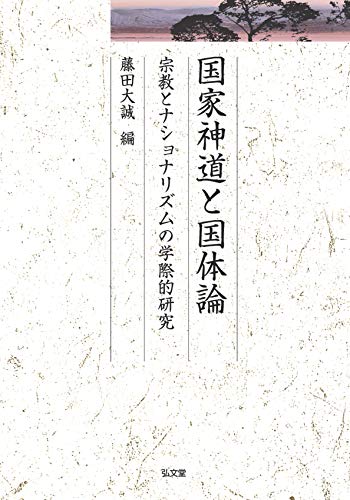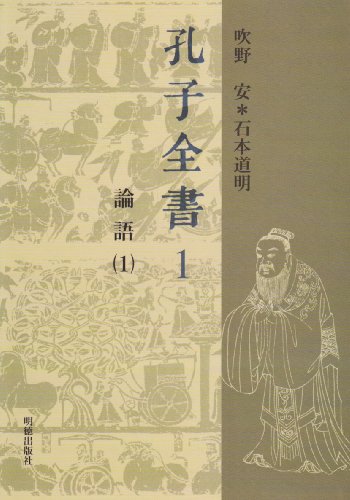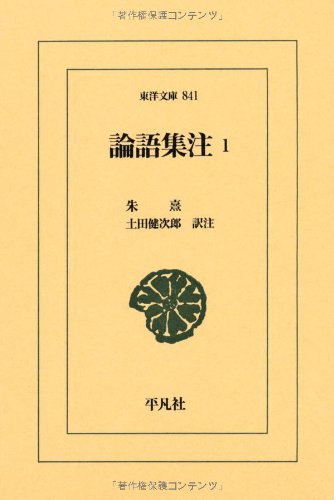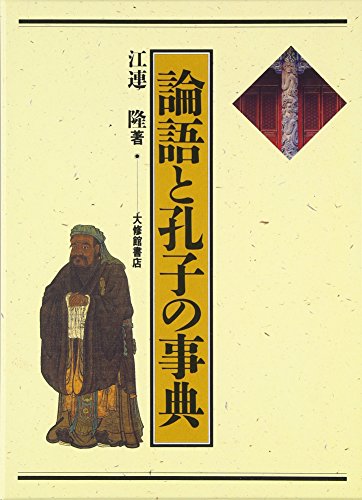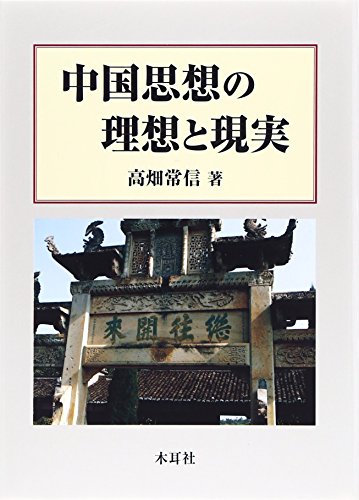1 0 0 0 国家神道と国体論 : 宗教とナショナリズムの学際的研究
1 0 0 0 OA 慢性炎症性脱髄性多発根神経炎 これからの治療
- 著者
- 藤岡 俊樹
- 出版者
- 日本神経治療学会
- 雑誌
- 神経治療学 (ISSN:09168443)
- 巻号頁・発行日
- vol.35, no.3, pp.198-202, 2018 (Released:2018-12-25)
- 参考文献数
- 29
CIDP (chronic inflammatory demyelinating polyneuritis) is the most common immune–mediated chronic polyneuropathy that comprises typical CIDP (symmetrical demyelinating sensory–motor neuropathy) and several subtypes ; i.e., MADSAM (multifocal acquired demyelinating sensory and motor) neuropathy (Lewis Sumner Syndrome), DADS (distal acquired demyelinating symmetric) neuropathy and multifocal motor neuropathy (MMN). Typical CIDP is usually treated by either intravenous immunoglobulin (IVIg), corticosteroid (CS) or plasma exchange (PLEX). These three therapies are thought as a first line therapy (FLT). Among FLT, IVIg and CS are very often employed because of their simplicity during treatment, however, the efficacy is almost same in three modalities of FLT. If one treatment of FLT failed to lead a good response, other treatment of FLT should be tried. Finally, FLT results in remission in more than 80% of typical CIDP cases. Second line treatment for FLT–resistant cases is still vague although numerous experiences especially about immunosuppressive agents (ISA) have been reported. Among ISA, cyclophosphamide (intravenous pulse) and rituximab seem to be effective although randomized controlled trial is required. IVIg treatment requires maintenance treatment (IVIg every three weeks). Recently efficacy of subcutaneous immunoglobulin treatment (SCIg) in maintenance treatment was proven although it is not approved in Japan. Merit of SCIg is that it can be done by patients in their home. Moreover, SCIg is proven effective as an initial treatment for typical CIDP. This may help patients suffering from CIDP reduce economical, physical or time burden during treatment.The standard treatment for MADSAM neuropathy is still vague. FLT in typical CIDP should be tried as well. IVIg–responding case needs to adhere maintenance IVIg or SCIg although later is not approved in Japan.MMN responds to IVIg well, however, delayed diagnosis or treatment results in poor response.Recently, neuropathy with antibodies against proteins localized in paranode of peripheral nerve is discovered, called as “paranodopathy”.Most of these cases have IgG4 antibodies against Neurofascin 155, 140, 186, contactin–1, or contactin–associated protein 1 (Caspr). They present unique signs compared to typical CIDP, i.e., relatively rapid progression, remarkable ataxia or tremor. Most of these cases present poor response for IVIg. Rituximab seems to be a hopeful therapeutical candidate in the future although strong evidence is not available at this moment.
1 0 0 0 OA Ca-6 ヒアルコPG^[○!R](ヒアルロン酸-コラーゲン-プロテオグリカン複合体)の新規抽出法の確立と食品への利用(糖質の構造・合成-2,一般講演,日本応用糖質科学会平成26年度大会(第63回))
- 著者
- 末川 裕 後藤 昌史 山本 和司 加藤 陽治
- 出版者
- 一般社団法人 日本応用糖質科学会
- 雑誌
- 応用糖質科学:日本応用糖質科学会誌 (ISSN:21856427)
- 巻号頁・発行日
- vol.4, no.3, pp.B47, 2014-08-20 (Released:2018-01-25)
1 0 0 0 OA 布哇に於ける日米問題解決運動
- 著者
- Akira Hashimoto-Gotoh Koichi Kitao Takayuki Miyazawa
- 出版者
- Japanese Society of Microbial Ecology / Japanese Society of Soil Microbiology / Taiwan Society of Microbial Ecology / Japanese Society of Plant Microbe Interactions / Japanese Society for Extremophiles
- 雑誌
- Microbes and Environments (ISSN:13426311)
- 巻号頁・発行日
- vol.35, no.1, pp.ME19130, 2020 (Released:2020-01-23)
- 参考文献数
- 62
- 被引用文献数
- 5
MicroRNAs (miRNAs) are a group of small non-coding RNAs that suppress the expression of target mRNAs. The seed sequence of miRNA plays a crucial role in recognizing the 3′-untranslated region of the target mRNA. Cells infected with a simian foamy virus (SFV) isolated from an African green monkey (Chlorocebus aethiops) (SFVcae) showed high expression levels of viral miRNAs encoded in the long terminal repeat of SFVcae. In the present study, we investigated the roles and expression of miRNAs derived from an SFV isolated from a Japanese macaque (Macaca fuscata) (SFVmfu) using next-generation sequencing technologies. The results obtained showed that SFVmfu also expressed viral miRNAs; however, the seed sequences of most miRNAs derived from SFVmfu differed from those reported previously from SFVcae. Cells persistently infected with SFVmfu strongly expressed an miRNA with the same seed sequence as the miR-1 microRNA precursor family. Luciferase reporter assays indicated that this miRNA down-regulates the expression of adenylyl cyclase-associated protein 1, which is up-regulated in several solid tumors. The present results suggest that SFVmfu utilizes viral miRNAs to establish long-term co-existence with the Japanese macaque.
1 0 0 0 中国思想の理想と現実
- 著者
- 山口真一
- 出版者
- 総務省
- 雑誌
- 情報通信政策レビュー
- 巻号頁・発行日
- no.7, 2013-10-29
本研究計画の目的は、椎間板髄核細胞の分化、生存を制御する転写因子ネットワークについてiPS技術を用いて解析し、未だ詳細には解明されていない、iPS細胞や間葉系幹細胞などからの椎間板髄核前駆細胞の誘導法を確立することである。その後、明らかとなったコア転写因子を用いて、髄核細胞の機能向上、コア転写因子を標的とした新規治療法の開発など椎間板再生医療研究に広く応用することである。実験1椎間板髄核細胞のiPS化:コア転写因子を同定するiPS干渉法を行うために、椎間板髄核細胞のiPS化を行った。京都大学iPS研究所のiPS化プロトコールに従いiPS細胞評価は細胞形態変化とアルカリフォスファターゼ染色にて行った。その結果、椎間板髄核細胞のiPS化が認められたが、酸素分圧の調整など検討材料が得られた。実験2椎間板髄核細胞iPS化の高効率化、遺伝子導入効率の向上:椎間板髄核細胞はiPS化したものの導出効率が低く、iPS干渉法で阻害度を測定するには不十分であったため、iPS化の高効率化を行った。GFPにて遺伝子導入効率が良い酸素分圧、培養条件を検討した。その結果、低酸素+α-MEM培地の条件にて高いGFP発現率(80%)を認め、常酸素+D-MEM培地の条件では発現率は低かった(46.2%)。そこで酸素分圧と、細胞密度を振ってiPS化工程を行った結果、全工程を低酸素条件でした群ではiPS化は起こらなかった。遺伝子導入時は低酸素条件で行い、その後は常酸素条件に戻した群で多数のiPSコロニーを認めた。これは一般的に線維芽細胞のiPS化では低酸素にてiPSコロニー数は増加することが知られているが、低酸素、HIF1A、HIF2Aは髄核細胞の特性としても非常に重要であることが知られているため、低酸素条件が髄核細胞形質を維持させたことが考えられ、新たな知見を見出した。現在、転写因子の絞り込みを行なっている。
1 0 0 0 IR 「ドイツ農村工業史--プロト工業化・地域・世界市場」馬場哲
- 著者
- 加藤 房雄
- 出版者
- 岩波書店
- 雑誌
- 経済研究 (ISSN:00229733)
- 巻号頁・発行日
- vol.47, no.1, pp.90-92, 1996-01
1 0 0 0 OA 高岡市立中央図書館本『宇良葉』の研究と翻刻
- 著者
- 伊藤 伸江 奥田 勲
- 出版者
- 愛知県立大学国文学会
- 雑誌
- 愛知県立大学説林 (ISSN:05868017)
- 巻号頁・発行日
- no.67, pp.13-56, 2019-03-05
1 0 0 0 IR 地域情報 さびれゆく地方都市の中心商店街--鳥取市の事例
- 著者
- 衣川 恵
- 出版者
- 鹿児島国際大学附置地域総合研究所
- 雑誌
- 地域総合研究 (ISSN:09142355)
- 巻号頁・発行日
- vol.36, no.1, pp.71-80, 2009-02
1 0 0 0 OA ドイツにおける連邦から州への財政援助 : 基本法が定める共同任務及び財政支援(資料)
- 著者
- 渡辺富久子
- 出版者
- 国立国会図書館
- 雑誌
- レファレンス (ISSN:1349208X)
- 巻号頁・発行日
- no.828, 2020-01

